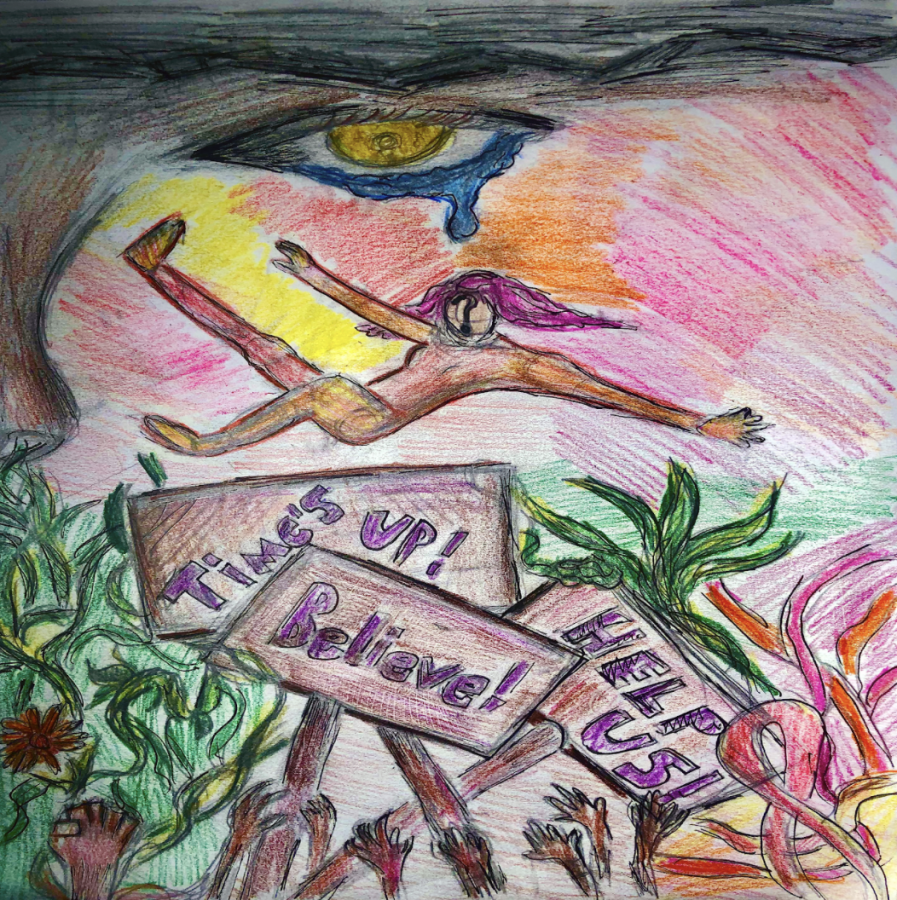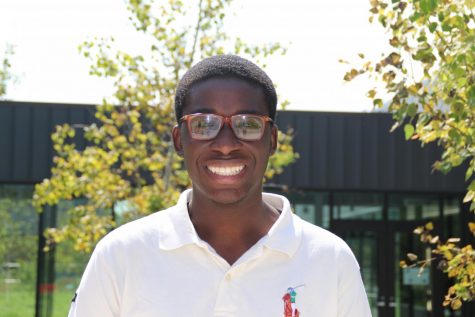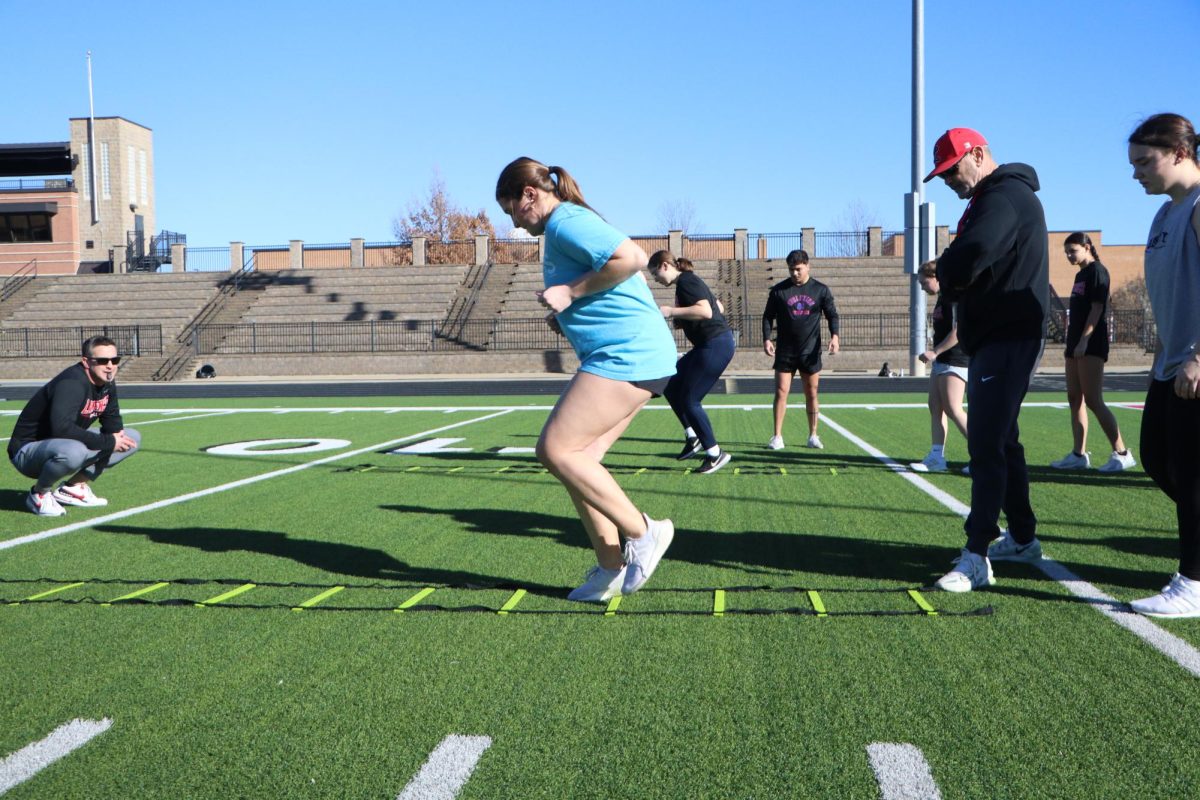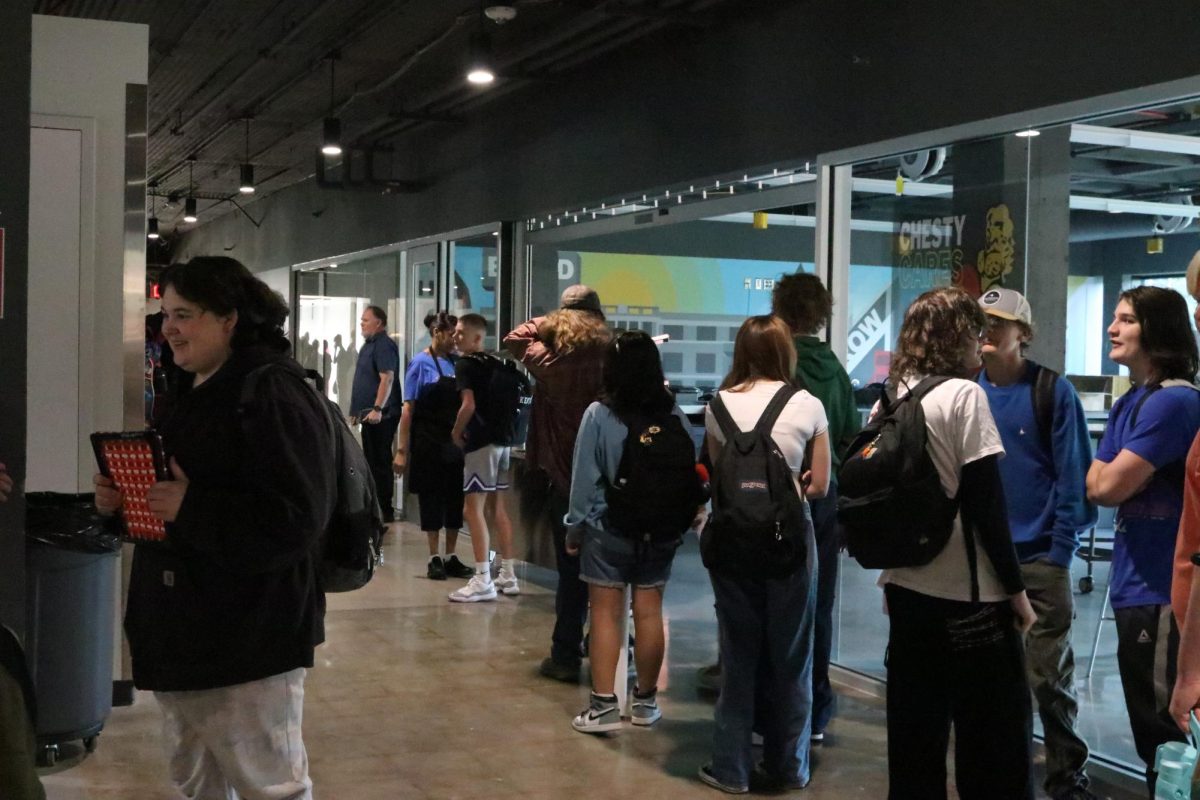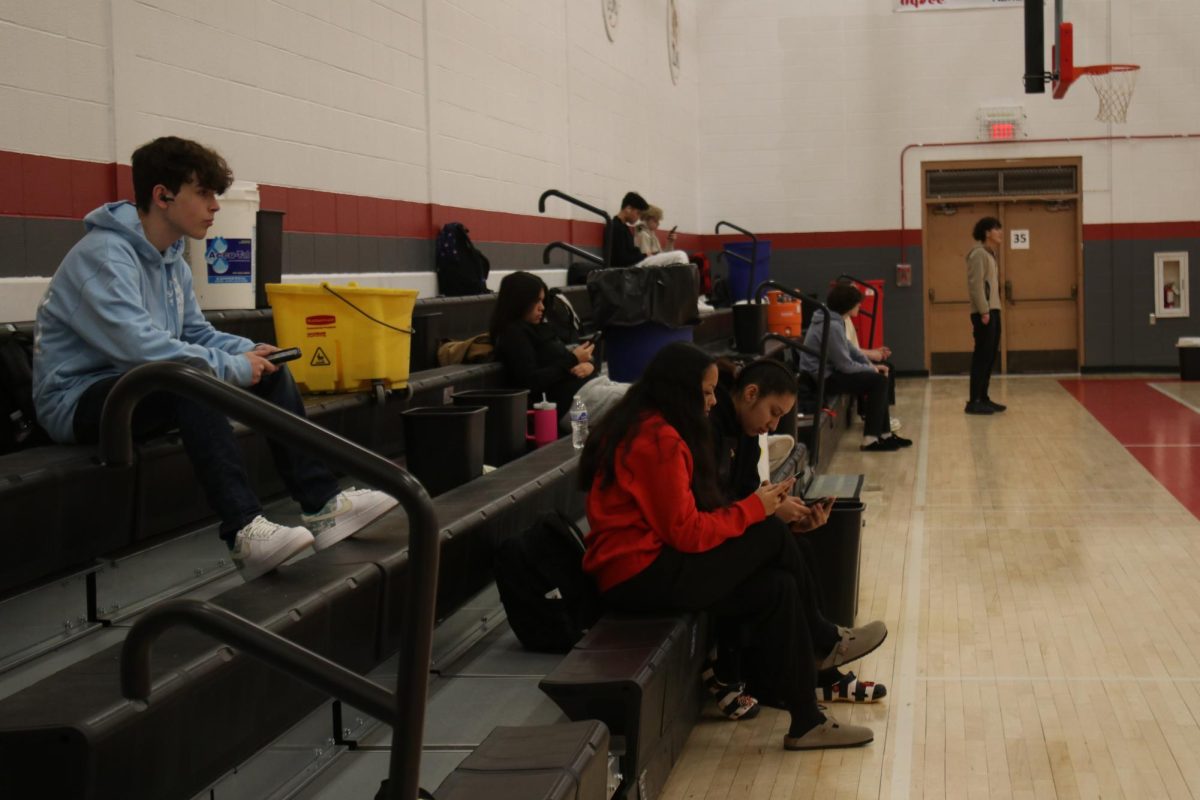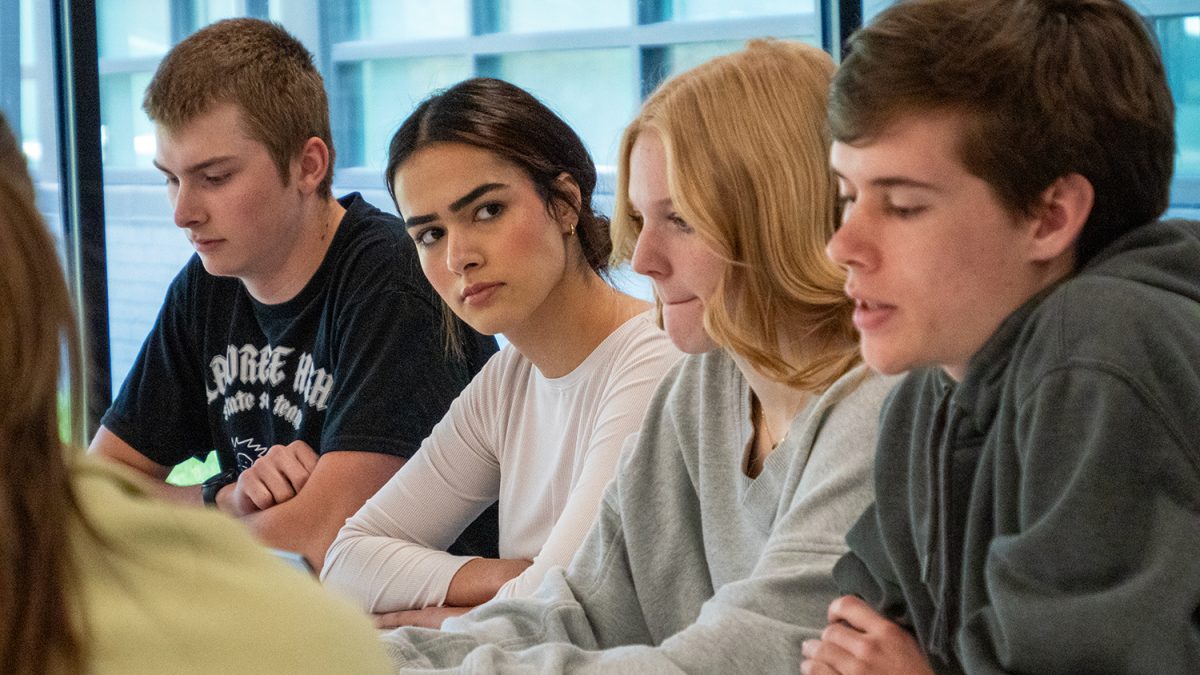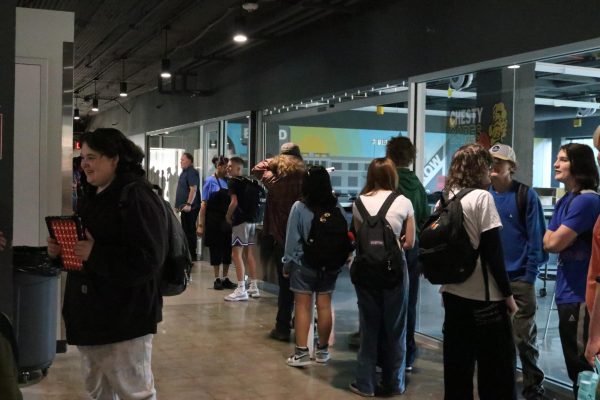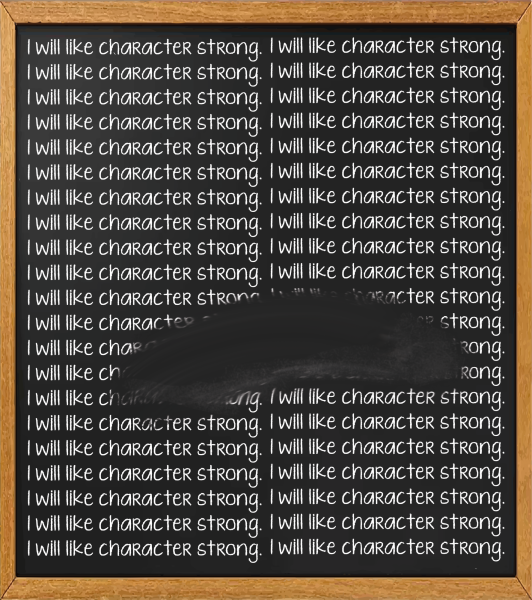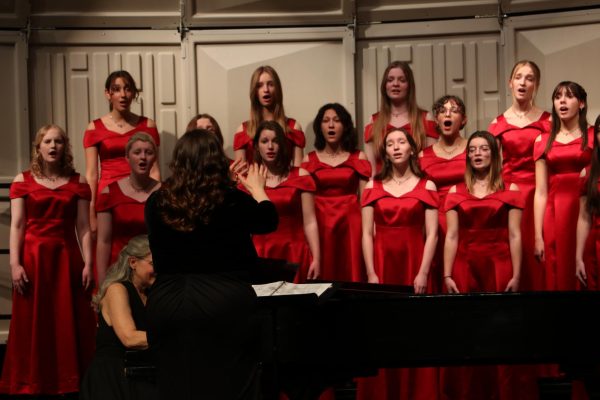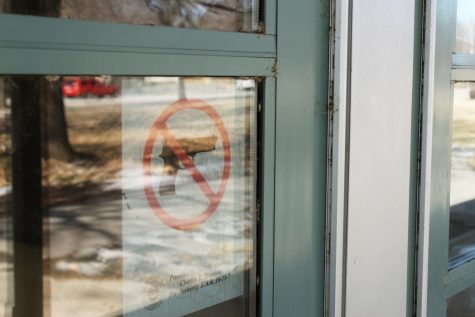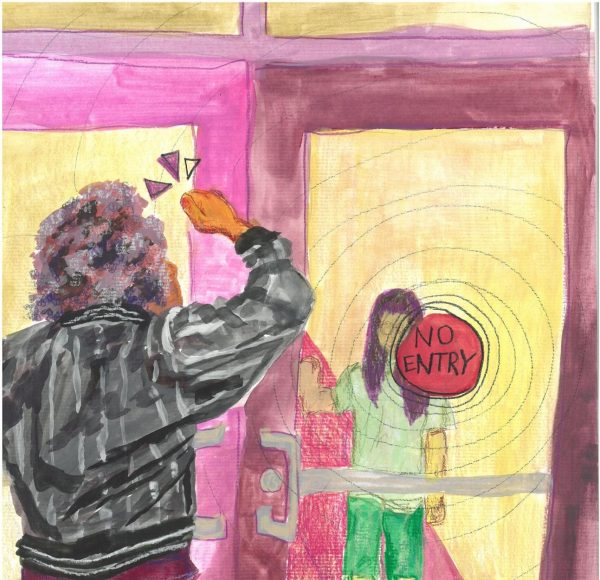Movements against assault need everyone
Solidarity and consent are important in the face of sexual harassment
December 17, 2021
Ever since the rise of the Me Too movement in 2017, social media has become an effective outlet for survivors of sexual assault to seek support, spread awareness and tell their stories.
The Me Too movement reemerges every couple months since it’s a prevalent and important topic that continues affecting our society, and it emerged once again on TikTok back in April as a statistic that said 97% of women have experienced sexual harassment. The number came from a study conducted in the UK with women between the ages of 18 to 24.
This percentage wasn’t hard to comprehend for many, since after it started trending, practically every woman who came onto my For You page shared that they too had been sexually harassed. Countless womans spoke out about their personal situations or touched on brief details that showed we were all victims of rape culture.
All over Instagram and Snapchat, women posted stories addressing the problem with the number 97%. We discussed how it really is all women, how we need to dismantle rape culture, and most importantly, how men play the key role in addressing this situation.
For many women, it was common sense to speak out about rape culture, but for some reason, it was harder for men.
Very few men I knew posted about it. Some even went as far as to discredit the women who were merely asking for support. To men, asking them for help in situations other men often put us in, was taken as an aggressive attack on their gender.
But we need men to be reflective. To recognize problematic behavior. And to stand up against other men whose actions harm women.
This isn’t a problem that is distant or far away. Women face sexual harassment and worse in every middle school, high school and college in the United States. Men too often don’t recognize that it is their duty to help protect women and their well-being. Most men haven’t been taught to be allies. Instead some are taught to band together as a wolfpack, giving each more power and enabling toxic behaviors that are hurtful and leave women vulnerable.
An all too common example is when women try to reach out to their male friends about the harassment they have experienced. Men should first offer support. But if the accused happens to be a person the men know and like, chances are they will dismiss it as a minor infraction or simply as false. They may even accuse the woman of lying, discredit her story, cease contact with her, or sometimes verbally harass her for coming out with an allegation against their friend.
Many men don’t believe women’s stories until they have what they deem to be sufficient proof. A serious enough case. Enough other people showing that they believe the story.
When women come to friends at a difficult time, they need support and friendship. But when men fail to believe female friends in what was most likely a traumatic experience, it can leave them feeling hurt and discourage them from seeking out help.
The root of the problem is clear. Too few men understand what giving consent entails.
Everyone has been taught no means no. Decent human beings understand that once someone says no, you should stop. But saying no doesn’t only show up as explicitly saying the word, “No.”
Consent is more than that.
We must acknowledge the pressure women sometimes feel to give men something when pressured or based on the media they consume. But consent isn’t given under pressure. If a woman says “no” or “stop” but is repeatedly pressured with “Why not?”, this is not consent either.
Consent isn’t hesitant. It isn’t just the absence of a no. It is enthusiastic and unequivocal. It leaves no doubts or room for interpretation. Consent is needed for any sexual encounter.
Without that understanding, when cases of sexual assault happen, a lot of men don’t believe they’ve done anything wrong. They don’t understand the severity of the issue or didn’t realize their behavior was deplorable.
Sexual assault education needs to be updated into modern terms. When we teach tweens and teens about sex-ed, we should also be educating them about consent in every scenario, without censorship. What role does consent play if both parties are intoxicated, on whatever substance that may be? What happens if one person is intoxicated but the other isn’t? What about if the woman is intoxicated but the man isn’t? Because women are just as responsible if they take advantage of men in situations where they are incapable of giving consent. What happens if someone doesn’t say no, but remains silent? What happens if a woman silently relents after being threatened or manipulated?
We must teach that no one owes anyone else anything sexually. Women shouldn’t be afraid of being rejected after they refuse to do something with the guy they like. Men should be taught that rejecting a woman because she says no means he is failing to recognize the depth of her value as a person.
The media talks a lot about “enthusiastic consent” and as ridiculous as that phrase may sound to teenagers, the truth is consent needs to be enthusiastic.
Exploring your sexuality while you’re young can come with a lot of awkwardness and apprehension. A lot of mixed signals could be given or received. It’s hard to differentiate between what one party is saying and what they really mean. But to avoid hurting and taking advantage of someone, make sure you’re comfortable with your partner. Ensure you can be honest about how you feel without fearing they’ll judge or hurt you. If you’re not comfortable with speaking up or being alone in their presence, reconsider the relationship.
More importantly, men need to be taught to support women. No matter what. We are in an inherently vulnerable situation when it comes to sexual assault and harassment.
Men: You may not know how your friend acts around women or how a woman feels when she’s in your friend’s presence. Put yourself in her shoes, make her feel heard, safe and understood. Be the one that does more than the bare minimum.
Social media platforms in the last few years have demonstrated that women’s voices can be heard, and they do make significant impacts. Sadly, our voices are not enough on their own. In order to make real change, we need more voices — especially men’s voices — in support of our movement in order to spread awareness and prevent more people from getting hurt.



